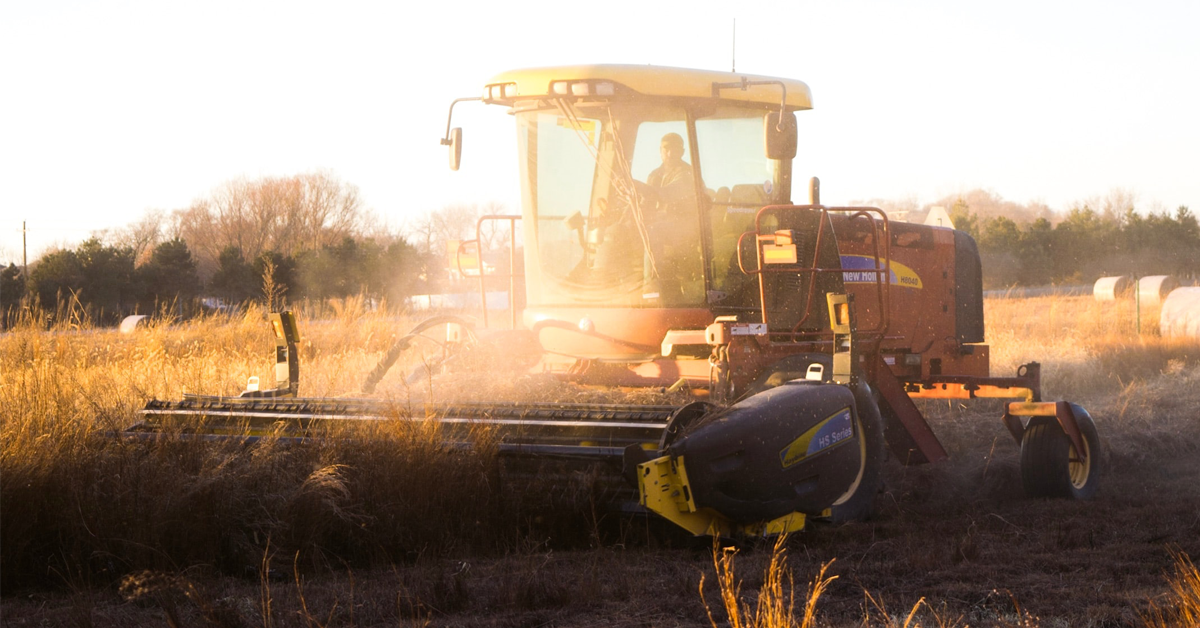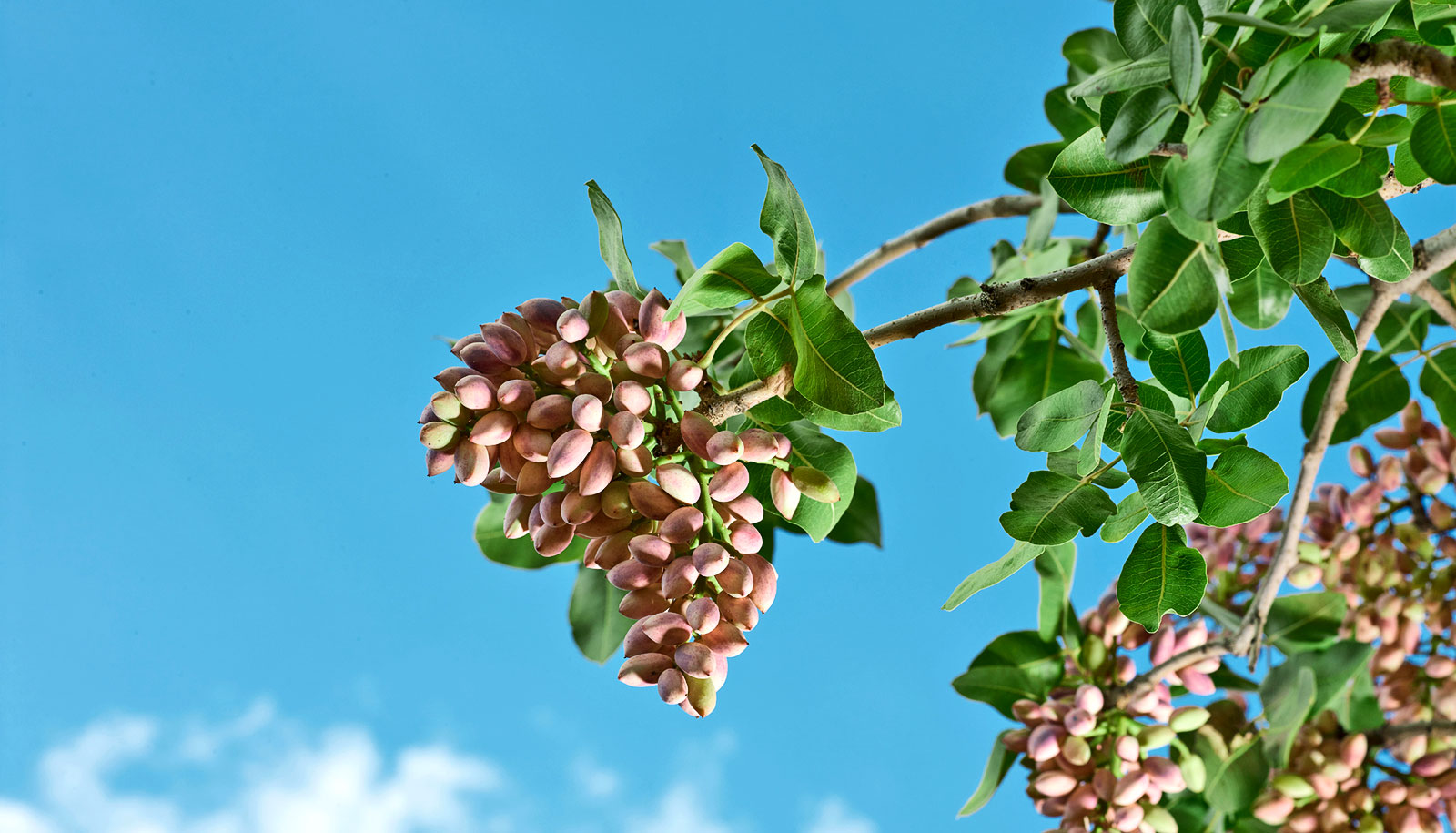Farmers around the Central Valley are hearing rumblings that environmental groups could file a petition with the U.S. Fish and Wildlife Service for an emergency endangered listing for monarch butterflies.
They fear that such a listing could have devastating effects on agriculture, especially for almond farmers.
The backstory: A new study came out on Wednesday which revealed the size of the eastern monarch butterfly population that overwinters in Mexico is the second smallest on record.
- The study was completed by the WWF-Telmex Telcel Foundation Alliance, the National Commission of Natural Protected Areas, the National Autonomous University of Mexico and the Monarch Butterfly Biosphere Reserve.
- The study found nine colonies located in the winter season with a total area of 0.9 hectares, which is a 59.3 percent decrease from the 2.21 hectares in the previous season.
- The lowest number on record came during the 2013-2014 overwintering season at 0.67 hectares.
The big picture: Farmers fear that the stark decrease in monarch population will lead environmental groups to request an emergency listing as an endangered species.
- The U.S. Fish and Wildlife Services reviews the status of the monarch butterfly each year. While the monarchs are a candidate to be listed as endangered, the federal government does not protect it under the Endangered Species Act.
- Central Valley farmers have already voluntarily made an effort to help increase the habitat for the monarchs by planting pollinator forage on their properties.
- An emergency listing could bring restrictions and regulations that farmers fear would be severe and far-reaching.
What they’re saying: Aubrey Bettencourt, the President and CEO of the Almond Alliance, said California’s almond growers have led the way by voluntarily collaborating with the federal government by adding pollinator forage to their land.
- “Listing the monarch butterfly without taking all of the facts into account would be counterproductive to the progress growers have made in supporting pollinators,” Bettencourt said. “All of California’s farms, orchards, growers and families will feel the impacts under the restrictions that would be triggered by a listing, severely impacting our ability to work with the FWS to support our monarchs and pollinators while producing healthy goods found in household kitchens worldwide.”
- While the decline in monarch population has been shocking, it’s not the end for the species, according to Chip Taylor, the founder of Monarch Watch at the University of Kansas.
- “This news is a shock to all who follow monarchs,” Taylor said. “The depth of this decline is beyond our experience, and the implications for the future of the monarch migration are surely of concern. However, populations have been low in the past. This count does not signal the end of the eastern monarch migration.”
- Daniel Rubinoff, the Director of the University of Hawaii Insect Museum, said the decline should be a wake-up call to reexamine how the natural world is managed.
- “But the Monarch Butterfly, as a species, is going to be ok,” Rubinoff said. “Populations outside of the migratory areas will continue, and the migratory ones, when given the chance, can rebound dramatically. The solution to this problem is moderating climate change and habitat destruction, not listing the Monarch.”











